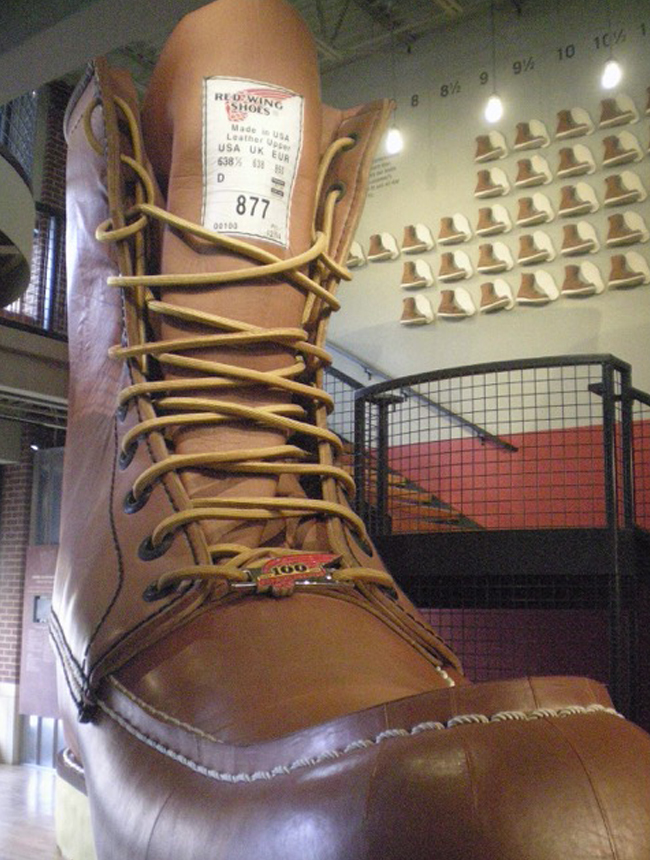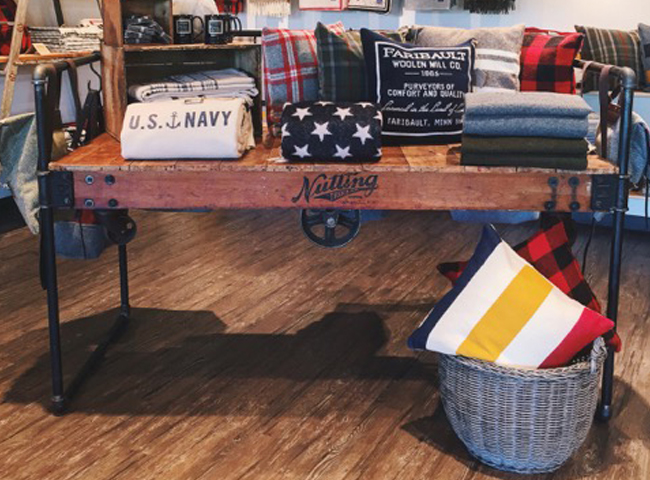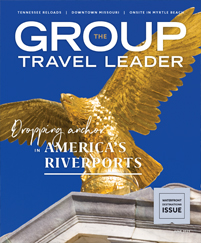Minnesota boasts a boatful of great inventions and beloved products that have been woven into American life for generations. Get the inside story visiting museums and factory tours devoted to the North Star state’s best-known creations.
Faribault Woolen Mill kept World War II soldiers warm with blankets they’ve been producing since 1865. Production peaked in the 1960s and ’70s, when the company made about half of America’s blankets. The on-site store includes some historical exhibits, and offers factory tours.
The iconic red wing symbol can be seen all over this southern Minnesota town, and it’s hand-painted on many of the Red Wing Stoneware crocks, jugs, mugs, plates and bowls. Visitors can take factory tours and visit the gift shop. Also check out the Pottery Museum of Red Wing for the history of rustic salt-glazed and highly collectible crocks (made since 1878).
The gigantic size 638 ½ boot at the Red Wing Shoes downtown shop may be pure novelty, but upstairs in the company’s free museum you can learn how the company’s founders started to make serious footwear specialized for America’s loggers, miners and farmers in 1905.
Since 1882, Duluth Pack has been building sturdy canvas and leather packs ideal for portaging and paddling. Besides a spacious storefront, the company has expanded its line and become trendy, even teaming up with Faribault Woolen Mills for wool and a double-dose of Minnesota craftsmanship. Factory tours available by request.
Sip a little history at the charming Schell’s Brewery, whose startup in 1860 makes it the second-oldest family-run brewery in the nation. A tour includes a look at its early years (including surviving Prohibition by producing soda pop) as well as a look at how today’s traditional brews and seasonal craft beers are made.
Mill City Museum highlights American food giants General Mills and Pillsbury. The two companies both began in the late 1880s when Minneapolis ruled as the world’s breadbasket by shipping wheat from Midwest farms across the globe. This downtown museum along the Mississippi River was built to literally rise from the ruins of an old mill, blending historical character and high-tech exhibits.
Visit the SPAM Museum to learn how these rectangular cans of spiced pork were introduced as a convenient lunchmeat in 1937. By World War II, Minnesota’s Hormel meat company shipped more than 100 million pounds of Spam to troops. Spam continues to draw fervent fans and a cult following with its famous name. Learn about Spam’s international popularity at Austin’s free museum.

The Red Wing Shoes shop and museum in Red Wing, Minnesota

The Faribault Woolen Mill in Faribault, Minnesota










